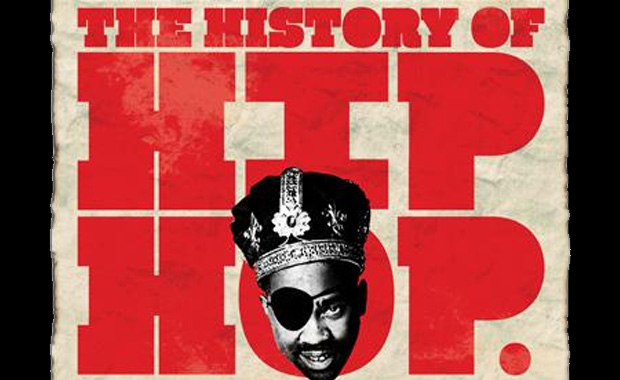Nicko from the Sunlight Foundation sez,
The Sunlight Foundation recently launched a free mobile app to help voters better know who is buying political ads this election year. Ad Hawk available for iPhone and Android, listens to campaign, super PAC and issue ads on the TV or radio and then lists information about who placed the ads, their campaign finance profile and other information.Ad Hawk: Identify Political Ads As They Air
Ad Hawk is simple to use: just listen, identify and learn. When you see a political ad on TV or hear one on the radio, open the app to have Ad Hawk start listening to the ad. In less than 30 seconds, Ad Hawk will create an audio fingerprint using open-source technology and start searching our database of thousands of ads for a match. We identify new ads by monitoring media reports and the YouTube channels of political groups and campaigns. When Ad Hawk finds a match, users will get information on their phone about how much money the ad's sponsor received or spent, where the ad is on the air and media reports about the candidate or political group.










































